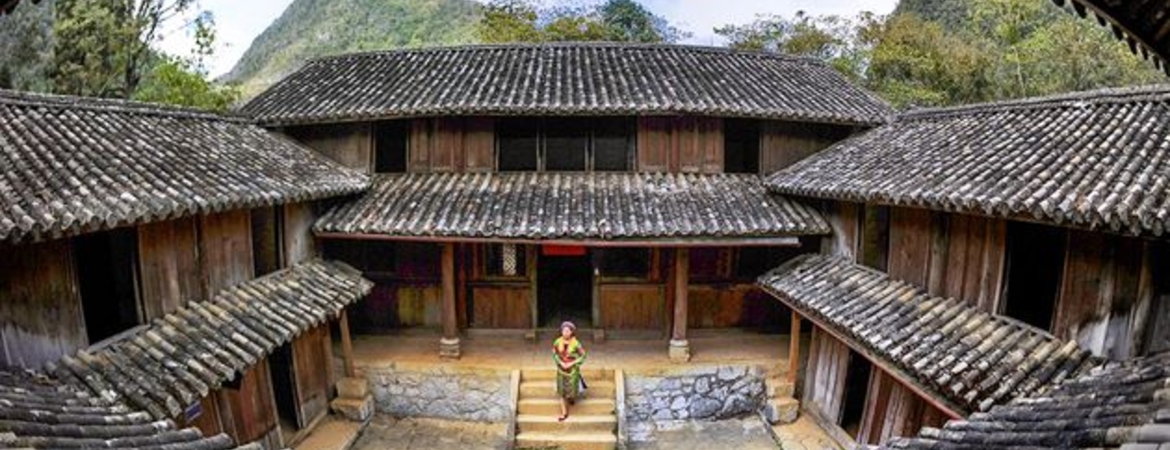
Discover the Palace of the Hmong King in Ha Giang
Historical Background
The Palace of the Hmong King, also renowned as the Vuong Chinh Duc Palace, was erected in the early 20th century by Vuong Chinh Duc, the supreme leader of the Hmong people in Ha Giang during the tumultuous era of French colonial rule.
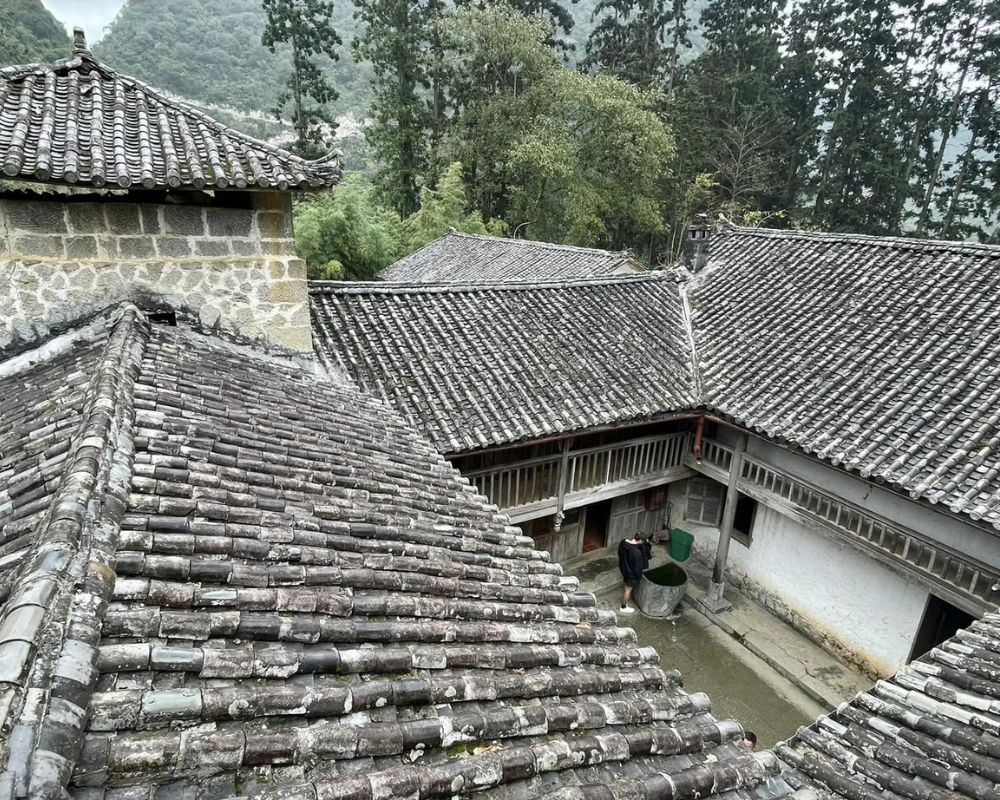
Vuong Chinh Duc: A Symbol of Hmong Resistance
Vuong Chinh Duc, born in 1885, emerged as a prominent figure in the Hmong community. He rallied the Hmong people and led them in resistance against French colonial authorities. His resilience and leadership earned him the respect and admiration of his people, who bestowed upon him the title of King.
The Palace
The palace complex comprises three distinct structures—the main palace, the council house, and the residence of Vuong Chinh Duc. The main palace, the most impressive structure, boasts an imposing rectangular shape framed by sturdy wooden pillars.
Architectural Marvel
The Palace of the Hmong King is a striking specimen of traditional Hmong architecture, meticulously constructed wood and earthen materials. Intricate carvings adorn the wooden beams and lintels, depicting scenes Hmong folklore and daily life.
Cultural Significance
The Palace of the Hmong King is not merely a historical monument; it is a symbol of the Hmong people's cultural heritage. The palace played a pivotal role in the Hmong community as a gathering place for cultural and social events.
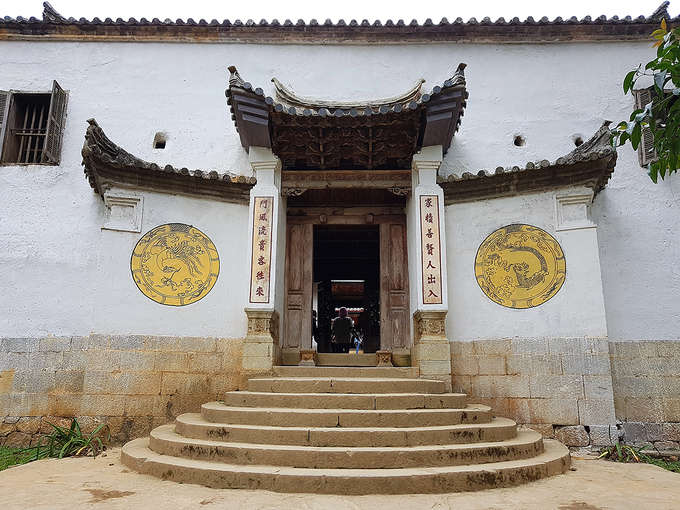
The Heart of Hmong Culture
The palace hosted important meetings and discussions, where elders deliberated on matters affecting the Hmong community. Traditional Hmong ceremonies and rituals were also held at the palace, strengthening the bonds of unity among the Hmong people.
Preserving Hmong Heritage
Today, the Palace of the Hmong King stands as a living testament to the Hmong people's rich cultural traditions. It serves as a museum, showcasing historical artifacts and documents that offer insights Hmong history and culture.
Architectural Design
The palace complex is a harmonious blend of traditional Hmong architecture and European influences. The main palace is rectangular in shape, with a steeply pitched roof supported by elaborately carved wooden pillars.

Intricate Carvings
The wooden beams and lintels of the palace are adorned with intricate carvings that depict scenes Hmong folklore and daily life. These carvings provide a glimpse the Hmong people's beliefs and traditions.
French Influence
The palace also exhibits elements of French colonial architecture, particularly in the use of large windows and glass panes. This融合of architectural styles showcases the eclectic influences that shaped Ha Giang during the colonial era.
The Main Palace
The main palace is the largest and most impressive structure in the complex. It consists of a large central hall and two smaller side chambers. The central hall was used for meetings and ceremonies, while the side chambers served as living quarters for the King and his family.
Interior Decor
The interior of the main palace is adorned with traditional Hmong textiles and artifacts. These include colorful tapestries, intricately embroidered cushions, and antique furniture. The King's throne, a symbol of his authority, is placed prominently at the center of the hall.
The Throne Room
The throne room is one of the most important rooms in the palace. It is where the King held court and received visitors. The room features a large wooden throne adorned with intricate carvings and gold leaf.
The Council House
The council house is a smaller building located to the right of the main palace. It was used for meetings and discussions among the Hmong elders. The council house played a crucial role in the governance of the Hmong community.
A Place of Deliberation
The council house was where the elders discussed important matters affecting the community, such as land disputes, marriage alliances, and defense strategies. Decisions made in the council house were binding on all members of the Hmong community.
A Symbol of Unity
The council house was also a symbol of unity among the Hmong people. Elders different clans and villages came together to discuss and resolve issues collectively.
Vuong Chinh Duc's Residence
To the of the main palace is the residence of Vuong Chinh Duc. It is a smaller, more private building where the King and his family lived. The residence is connected to the main palace by a small courtyard.
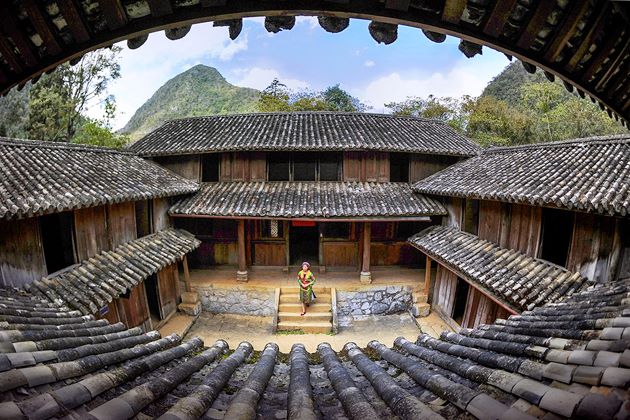
The King's Private Quarters
Vuong Chinh Duc's residence is divided several rooms, including a living room, bedroom, and study. The rooms are decorated with personal belongings and family heirlooms that offer insights the King's life and legacy.
A Place of Reflection
The residence is a quiet and peaceful space where the King could retreat his public duties and spend time with his family. It is also where he wrote poetry and contemplated the future of the Hmong people.
Conclusion
The Palace of the Hmong King in Ha Giang is a captivating historical relic that ofrece a glimpse the rich history, culture, and architecture of the Hmong people. Its striking blend of traditional and colonial influences makes it a unique and valuable heritage site. Visitors to Ha Giang are highly encouraged to explore this remarkable palace and learn about the fascinating story of the Hmong King, Vuong Chinh Duc.
Read More: Explore Ha Giang with Hagiangvision A Journey to Vietnam's Hidden Paradise
Follow us: Facebook | Tikok | Instagram
Book Now: 2 DAYS 1 NIGHT | 3 DAYS 2 NIGHTS | 4 DAYS 3 NIGHTS

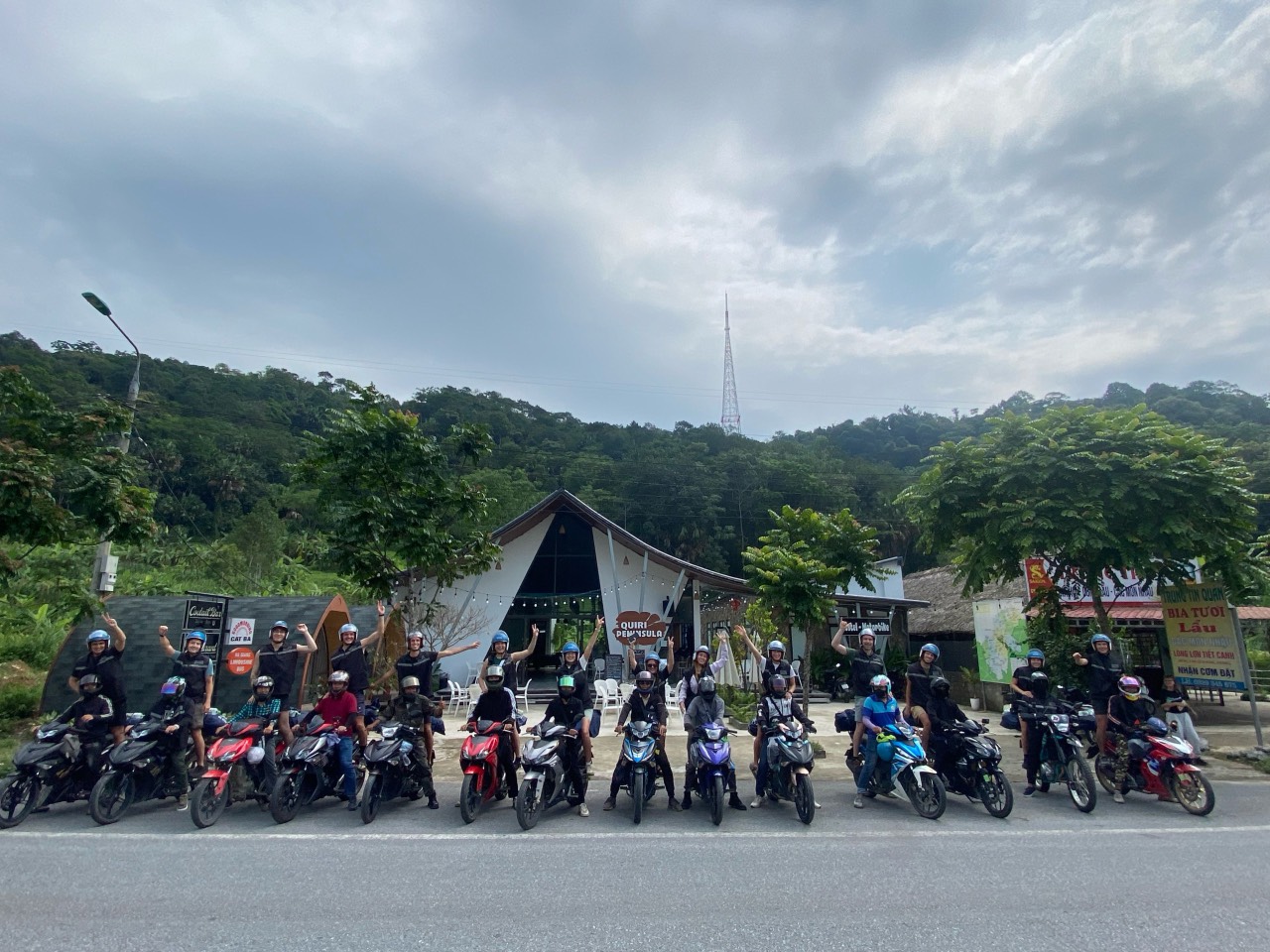
Have 0 comment, evaluate Discover the Palace of the Hmong King in Ha Giang
Xin chào quý khách. Quý khách hãy để lại bình luận, chúng tôi sẽ phản hồi sớm